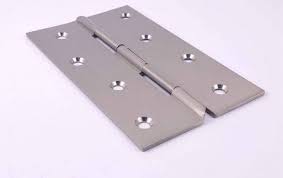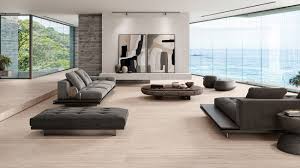Travertine is a natural stone formed from mineral deposits, typically found near hot springs and limestone caves. Its distinctive texture and range of neutral colors make it highly desirable for both indoor and outdoor applications. Homeowners often choose Travertine for its combination of beauty, durability, and timeless appeal.
Where can travertine be used in homes?
Travertine is versatile and suitable for various spaces. Indoors, it works well in kitchens, bathrooms, living areas, and entryways. Its natural patterns add a sense of luxury and sophistication. Outdoors, travertine is commonly used for patios, pool decks, walkways, and garden paths due to its slip-resistant surface and ability to withstand weather conditions.
What are the key benefits of travertine?
Travertine offers several advantages. It is strong and long-lasting, making it ideal for high-traffic areas. The stone has natural thermal properties, keeping indoor spaces cool in warm climates. It also provides a classic, timeless aesthetic that complements a wide range of interior styles, from contemporary to traditional.
How does travertine compare to other natural stones?
Compared to granite or marble, travertine has a softer, more porous texture that gives it a unique, organic look. While marble is highly polished and granite is extremely hard, travertine balances strength with subtle elegance. Its lighter colors can brighten spaces and make them feel more open and inviting.
Is travertine suitable for outdoor use?
Yes, travertine is highly suitable for outdoor applications. Its natural pores allow water to drain efficiently, reducing the risk of slipping. Additionally, travertine can endure temperature fluctuations and resist cracking, making it ideal for pool areas, terraces, and garden pathways. Proper sealing enhances its durability and protects it from stains and weathering.
How should travertine be maintained?
Regular maintenance helps preserve travertine’s beauty. For indoor surfaces, sweeping or vacuuming to remove dust, followed by damp mopping with a pH-neutral cleaner, is recommended. Outdoor travertine may need more frequent cleaning to remove dirt, leaves, or algae. Sealing the stone periodically protects it from staining and extends its lifespan.
Can travertine be customized for specific design needs?
Travertine is highly customizable. It comes in various finishes such as honed, polished, tumbled, or brushed, allowing homeowners to achieve different textures and appearances. Tiles, pavers, slabs, and mosaics are all available, offering flexibility in layout and design. Color options range from creamy neutrals to rich earthy tones, complementing any decor theme.
Is travertine eco-friendly?
Travertine is a natural material that requires minimal processing, making it an environmentally friendly choice. Its longevity reduces the need for replacements, and it can be recycled at the end of its life cycle. Choosing travertine supports sustainable building practices while adding natural elegance to homes.
What should homeowners consider before choosing travertine?
Before installation, consider the intended area, foot traffic, and exposure to elements. Travertine is porous, so sealing is essential to prevent stains. While it is durable, it may show wear over time in high-traffic areas. Working with professional installers ensures proper cutting, placement, and sealing for a long-lasting, beautiful finish.
Why is travertine a timeless choice for home design?
Travertine combines elegance, versatility, and durability, making it a lasting choice for indoor and outdoor spaces. Its natural patterns and colors create a sense of sophistication, while its strength and low maintenance make it practical. Whether used for floors, walls, or outdoor terraces, travertine enhances the aesthetic and functional value of any home.
Travertine remains a favored material for homeowners seeking a blend of beauty and resilience, ensuring spaces stay stylish and enduring for years to come.





